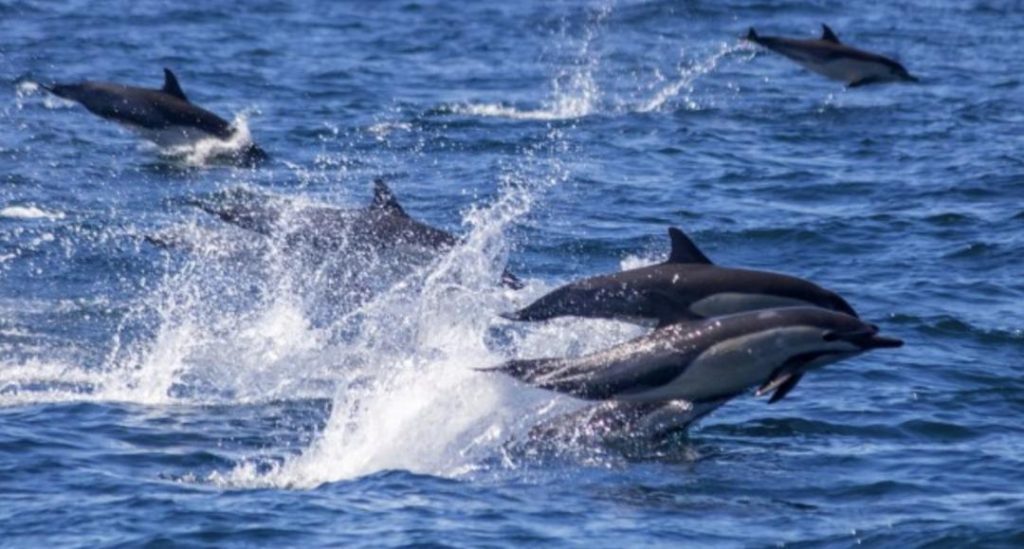
Dolphins & Whales Regularly Socialise with Each Other: Study
In a fascinating discovery, researchers from Griffith University have found that dolphins and whales regularly socialize with each other, engaging in playful interactions that are often mutual. The study, which analyzed videos and photographs of interactions between baleen whales and dolphins, covered 19 species across 199 separate events.
The findings, published in the journal Marine Mammal Science, provide insight into the complex social dynamics between these two groups of marine mammals. The study’s authors noted that the interactions between dolphins and whales were often characterized by playful behavior, including swimming, jumping, and breaching.
One of the most common interactions observed was dolphins swimming near the head of a whale, often in a curious or exploratory manner. This behavior was observed in multiple species of dolphins and whales, suggesting that it may be a widespread and important form of social interaction.
Bottlenose dolphins were found to be the most involved dolphin species in these interactions, with 44% of all events involving this species. This is likely due to their wide distribution and adaptability, which allows them to interact with a variety of whale species.
The study’s authors also observed that the social interactions between dolphins and whales were often context-dependent, meaning that they varied depending on the specific environment and circumstances. For example, interactions were more common in areas with high levels of food availability, such as near fishing grounds or in areas with abundant krill.
The researchers used a combination of video and photographic data to analyze the interactions between dolphins and whales. They reviewed footage from around the world, including from research vessels, whale watching tours, and citizen science projects. This data was then coded and analyzed to identify patterns and trends in the interactions.
The study’s lead author, Dr. Lars Bejder, noted that the findings have important implications for our understanding of the social behavior of dolphins and whales. “These interactions suggest that dolphins and whales are not just solitary animals, but are actually highly social creatures that engage in complex and playful behaviors,” he said.
The study’s results also have implications for conservation efforts. By understanding the social dynamics between dolphins and whales, researchers and conservationists can better design and implement effective conservation strategies.
For example, protecting areas with high levels of food availability and reducing noise pollution from human activities could help to preserve the social interactions between dolphins and whales. Additionally, education and outreach programs can help to raise awareness about the importance of these interactions and the need to protect these species.
In conclusion, the study’s findings provide compelling evidence that dolphins and whales regularly socialize with each other, engaging in playful interactions that are often mutual. The study’s results have important implications for our understanding of the social behavior of these species, as well as for conservation efforts.






